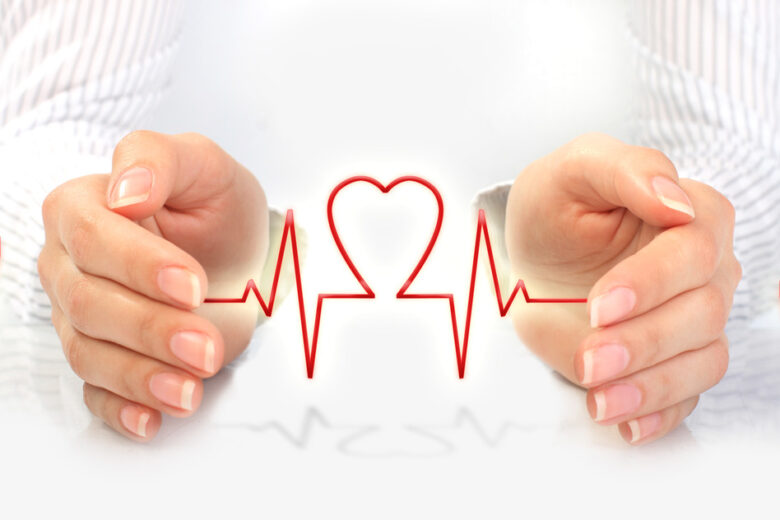Microinsurance is a financial product designed for low-income groups who would otherwise not have access to affordable, standard health insurance. Providing basic health insurance to families and individuals in poor or underdeveloped areas is one of its key benefits. The high costs and complex terms of standard policies can make health insurance unaffordable for many people. Microinsurance fills this gap by providing easily accessible and affordable healthcare solutions, ensuring that individuals have the coverage they need to cope with illness, accidents, and other medical crises. This article explores how microinsurance can provide affordable healthcare and why it is an essential tool for improving health in poor areas.
1. The Need for Affordable Health Coverage
Particularly in underdeveloped countries, access to healthcare is extremely expensive in many parts of the world. Families with limited resources can face significant financial burdens for even basic treatments and services, including doctor visits, hospitalizations, and medications. Many people find that the cost of medical services is a major barrier to accessing medical care, resulting in untreated illnesses, delayed treatment, and sometimes premature death. People without insurance may have to choose between meeting other basic needs, such as food and housing, or paying for medical care. In this context, microinsurance offers an affordable solution that allows individuals and families to get the health care they need without financial hardship.
2. Microinsurance: How a Health Plan Works
Microinsurance health plans are designed to provide affordable, essential health coverage. Typically, these plans focus on covering common health risks, such as outpatient and inpatient care, emergency medical interventions, doctor visits, and medications. Microinsurance is more accessible to low-income people because the rates are much lower than those of traditional health insurance. Often, microinsurance policies are simplified to ensure that they are easy to navigate and that the terms and conditions help policyholders understand exactly what is covered. Premium payments are usually flexible and can be paid in small amounts through a local agent or via mobile phone, making payments reasonable for people with limited income.
3. Focus on Disadvantaged Groups
The ability of microinsurance to reach poor communities is one of its key advantages. Low-income, rural and poor people, who are typically excluded from traditional insurance schemes, are targeted by microinsurance schemes. Microinsurance is often offered by local businesses, community groups or microfinance companies, who can communicate more effectively with residents in poor or remote areas. These distribution strategies ensure that the benefits of microinsurance reach those who need it most, as they enable access to health insurance for those who would otherwise not be able to obtain it. This strategy provides much-needed support to poorer groups and helps close gaps in health care.
4. Coverage Options for Microinsurance in Health Care
Often, microinsurance products for health care are targeted at families and low-income people. Coverage options typically focus on providing basic medical services, including hospitalization, medical care for common illnesses, maternal care, and immunizations. These strategies are designed to keep interest rates low and provide significant protection against the health risks most common among low-income groups. Depending on the specific needs of the community, some microinsurance policies may provide additional coverage for surgeries, specialty treatments, or chronic diseases. Our goal is to provide health insurance at an affordable price while ensuring that policyholders have access to the care they need to stay healthy.
5. Benefits of Microinsurance in Health Insurance
Microinsurance has many benefits for low-income individuals who need health insurance. First, it provides financial protection against expensive medical bills. A single medical emergency without insurance can have catastrophic financial consequences, such as debt or loss of income. Microinsurance acts as a safety net for individuals and families, reducing risk by helping people get the treatment they need and avoid financial loss. Microinsurance also emphasizes preventive care, reducing the likelihood of expensive emergency treatments by supporting frequent doctor visits, immunizations, and testing. This preventive approach can lead to better long-term health outcomes and ultimately help reduce the overall cost of healthcare to society.
6. Microinsurance and Financial Availability
The affordability of microinsurance is one of the main reasons why it is a viable alternative to health insurance. Microinsurance is a good option for families and individuals with limited financial resources, as rates are often much lower than those of regular health insurance. Premiums can be as low as a few dollars per month, and coverage is easy to obtain, even for people with unstable or modest incomes. Many microinsurance plans offer flexible payment options, such as mobile money, which allow policyholders to pay a small premium, increasing accessibility. This ensures that people with low incomes can remain insured without defaulting on payments.
Conclusion
Microinsurance is an innovative option that ensures that low-income individuals and families receive necessary medical services without financial worries, thereby providing affordable healthcare services. Microinsurance makes health insurance available to those who need it most by offering low rates, flexible payment options, and concentrated coverage. While there are some hurdles to overcome—ensuring sustainability and increasing awareness—microinsurance has great potential to improve health in poor areas. Through continued innovation and expansion, microinsurance is an important way to help address global health inequalities and increase access to healthcare for all.
FAQs
1. How do I apply for microinsurance?
Local organizations, community groups, or microfinance companies can help people get microinsurance. Sometimes, mobile phone systems make it easy for people in remote areas to get health insurance by buying insurance and processing policies.
2. How does microinsurance provide health insurance?
Microinsurance insurance provides basic coverage for medical expenses, including doctor visits, hospitalizations, immunizations, and treatments for common illnesses. Rates are reasonable and payment options are varied, often allowing people to pay a small fee. This insurance is designed to address the health risks that are most common in low-income groups.
3. Who is eligible to participate in the microinsurance health plan?
For people living in underdeveloped countries or rural areas, microinsurance health plans are available for low-income people, families, and vulnerable groups. Financial constraints may prevent some people from getting traditional health insurance.
4. What is the main purpose of microinsurance in health insurance?
Affordable premiums, access to essential health care, financial protection from exorbitant medical bills, and better health outcomes through early diagnosis and preventive care are just some of the benefits that microinsurance offers. It also sheds light on the financial burden that low-income families bear on health care.
5. How reasonably priced is microinsurance compared to traditional health insurance?
Microinsurance is much cheaper than traditional health insurance. Premiums for microinsurance are typically much cheaper and are suitable for people with unstable or low incomes. Some microinsurance plans cost as little as a few dollars per month.




